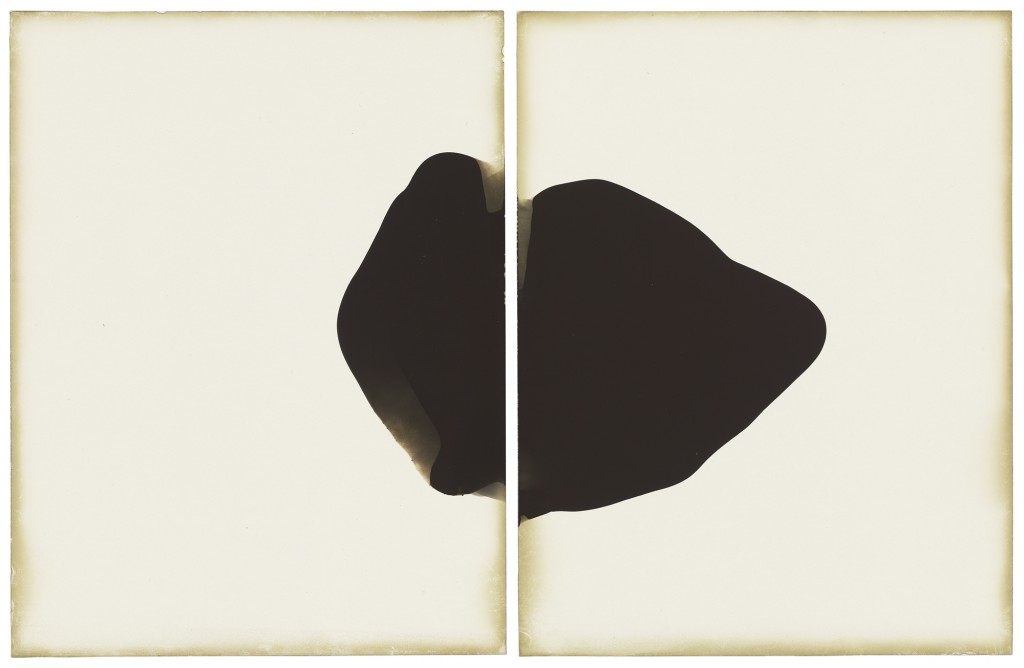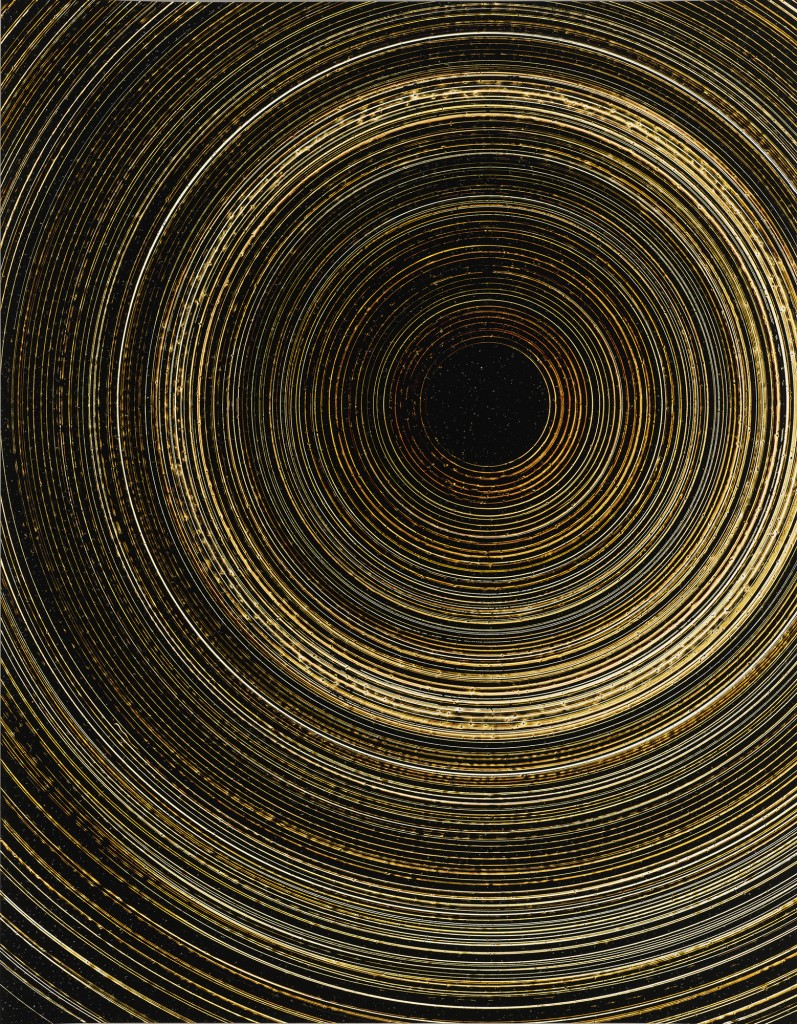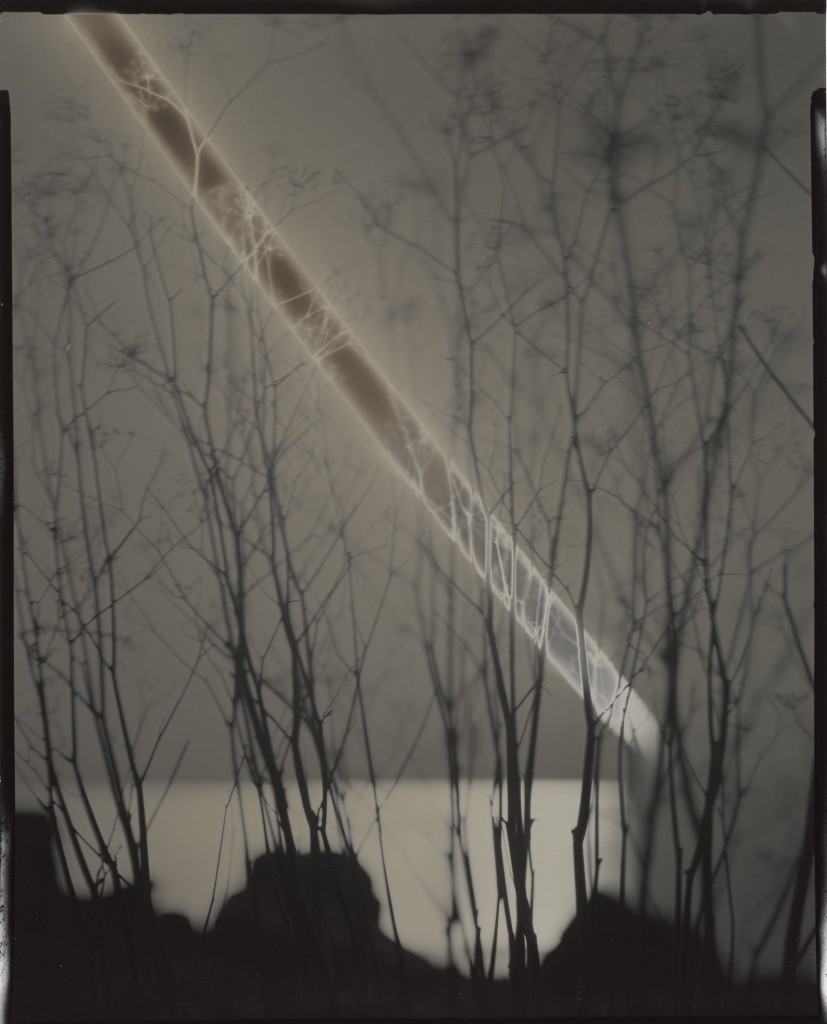On view until September 6, 2015
There is no question that photography is The Getty’s strongest card. Its collections of historical photographs are without equal. When exhibited, they can be mind blowing. Periodic loan exhibitions dealing with photojournalism and other aspects of contemporary photography have expanded its range; the strength of these exhibitions has been their similarity to the character of the collection – classic images of the genres being presented.
This exhibition is the first time that The Getty photography galleries have been devoted exclusively to the work of living photographers. The exhibition’s subtitle, “Reinventing Photography,” is an extremely bold statement. However, there is no question that the exhibition fulfills its claim. Since photography’s invention in the first half of the 19th century, photographers have focused on depicting realistic images of the world and our lives. This has hardly been a narrow path. The variations have been infinite; however, one might say that the depiction of either natural or man made objects and phenomena were their primary focus even though there were transformations of images either by the camera or in the darkroom.
Considering the experimental paths chosen by all of the photographers in this exhibition and their conscious obliteration of the presentation of reality, it is not outrageous to draw a comparison with the work of cubists in the first decade of the 20th century. They similarly rejected the depiction of conventional reality by creating fractured realities. In rejecting traditional modes of representation, the cubists were responding to the epic and cataclysmic changes in society that they were experiencing at that time: Freud’s psychoanalysis, Einstein’s theory of relativity, the invention of motion pictures and the Wright Brothers’ successful manned flight, among others. Today, it is computers, smart phones and the internet that are transforming our lives as participants in a global society.
The cubists utilized the surface of the canvas or other two-dimensional background materials as their medium of expression. They often incorporated fragments of corporal reality into their works. The seven artists represented in this exhibition have similarly accepted a two-dimensional surface as as both their point of departure and as the boundary for their experimentation. What distinguishes this exhibition mostly is the variety of the ways in which these seven artists have been able to execute their visions.
What follows is a brief summation of each artist’s methodology drawn from the excellent, heavily illustrated catalogue.
ALISON ROSITER
American, Born 1953
“She does not use a camera or film nor does she use light; she processes sheets of expired gelatin silver paper and photographic chemicals in the dark room … She achieves a rich array of results, with some works suggesting the faint impressions of primitive mark making, others resembling landscapes, and still others calling to mind mid-twentieth century abstractions.”

MARCO BREUER
German, born 1966
“… is interested in the negotiation of the illusionistic space of photography versus the concrete space of the physical mark … Working since the early 1990s without a camera or film, Breuer subjects light sensitive paper to various acts that burn, abrade or scrape away the emulsion layer.”

JAMES WELLING
American, Born 1951
“With a career spanning more than four decades, he has explored various modalities of photography, with and without a camera, using black-and-white, color and Polaroid films and papers, as well as using digital files and printing.”

LISA OPPENHEIM
American, Born 1975
“During the past decade she has developed an increasingly complex and layered interest in the history and theory of photography and in how this medium, more than others, engages with the world.”

CHRIS MCCAW
American, born 1971
“… uses a camera to photograph the sun, but he loads the camera with black-and-white enlarging paper rather than film. Each photograph is therefore technically a paper negative and each is unique; he does not make prints from the negative.”

JOHN CHIARA
American, born 1971
“… Works with custom- built cameras, and … loads them with photographic paper rather than film negatives … Chiara’s ‘Big Camera’ can accommodate sheets of paper measuring 50 by 80 inches and it is transported on a flatbed trailer hitched to his SUV.”

MATTHEW BRANDT
“… Brandt may begin with a photograph that he has made with a 4 x 5 inch view camera, a digital camera, or his iPhone; one he has sourced from archives in public libraries; or one that he has clicked and dragged from eBay.”

IN CONCLUSION
Every experimental movement flourishes in its genesis. Sometimes the path leads to oblivion and sometimes it leads to fame and fortune. It is too early to say what the ultimate estimation of these experiments in photography will be. As can be seen, the approach of each individual photographer is unique. Therefore, one cannot say that collectively they represent a specific school or a unified point of view. What they have in common is their dedication to experimentation. From the point of view of a museum visitor, the diversity of their experiments provides a unique and provocative experience. Beyond that, this exhibition confirms their establishing a new bench mark for artists working in the photographic medium.
Top image: A detail of JSpin
